To get a real insight into Arabia’s history and wonders, Al Ain is a place that cannot be overlooked. Covered by the shade of thousands of palm trees, with the colour of the green leaves contrasting the yellow-brown sands and the oasis’ blue waters, this magnificent city stands as the perfect getaway for the holidays.
There is a sense of peace and quiet all around. No tall skyscrapers, no Burj Khalifa, no Ferrari World – only the soothing sounds of nature. It is hard to imagine that next to the liveliness and extravagance of a city such as Dubai could be a little silent retreat in a dreamy oasis holding the heart of Arabia.
Known as the ‘Garden City’, what makes this place so special is its strong connection to the past, which will not only allow you to discover the gems of its culture and history, but also to see the region in an entirely new light.
History
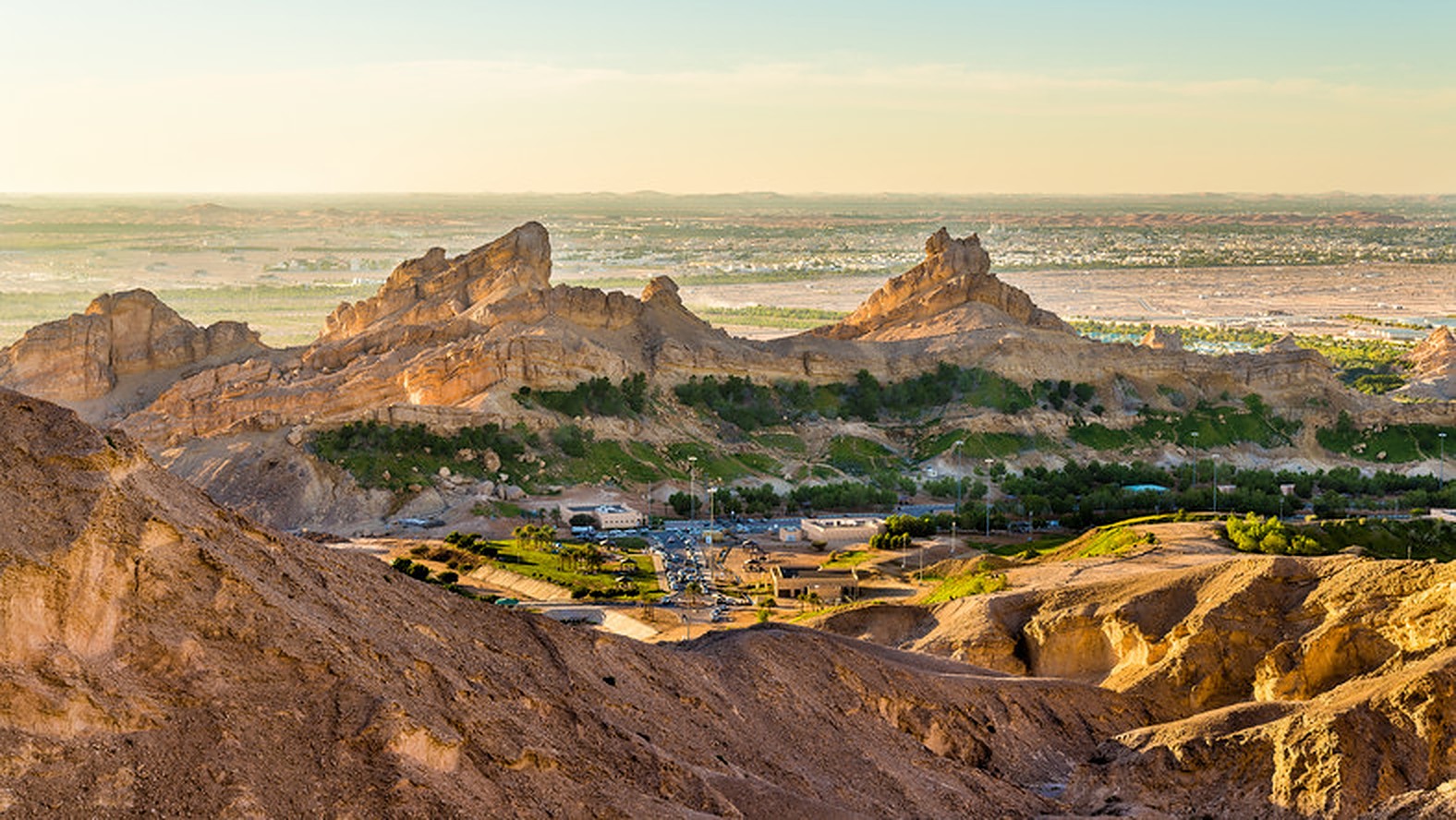
Situated at the crossroads between the ancient lands of the Arabian Peninsula and Mesopotamia, Al Ain is considered to be one of the world’s oldest inhabited settlements, with a nearly 8,000-year-old history. It is proof of the existence of prehistoric cultures in a desert region dating from the ancient times, and also a symbol of the resilience of the Bedouin people who were able to endure the harsh desert environment.
Ancient archaeological sites show human settlement at places like Al-Rumailah, Hili and Jabel Ḥafeet, where “beehive” tombs were built for the dead, and oases water for early farms. Later in the 1950s, when UAE founder Sheikh Zayed discovered the tombs, he lobbied for its recognition as a World Heritage Site by UNESCO, and in 2011, Al-Ain became the first World Heritage Site in the UAE to be recognized by UNESCO.
Artefacts discovered also include carnelian jewellery, often associated by UAE historians with trading links to the Indus Valley civilization, including other late Bronze Age short swords and daggers. In 1971, the ‘Al Ain Museum’ was built to house items from this area. Though there a number of renowned museums in the UAE, such as the Louvre Abu Dhabi, there isn’t one that quite captures the ancient history of the land like the Al Ain museum.
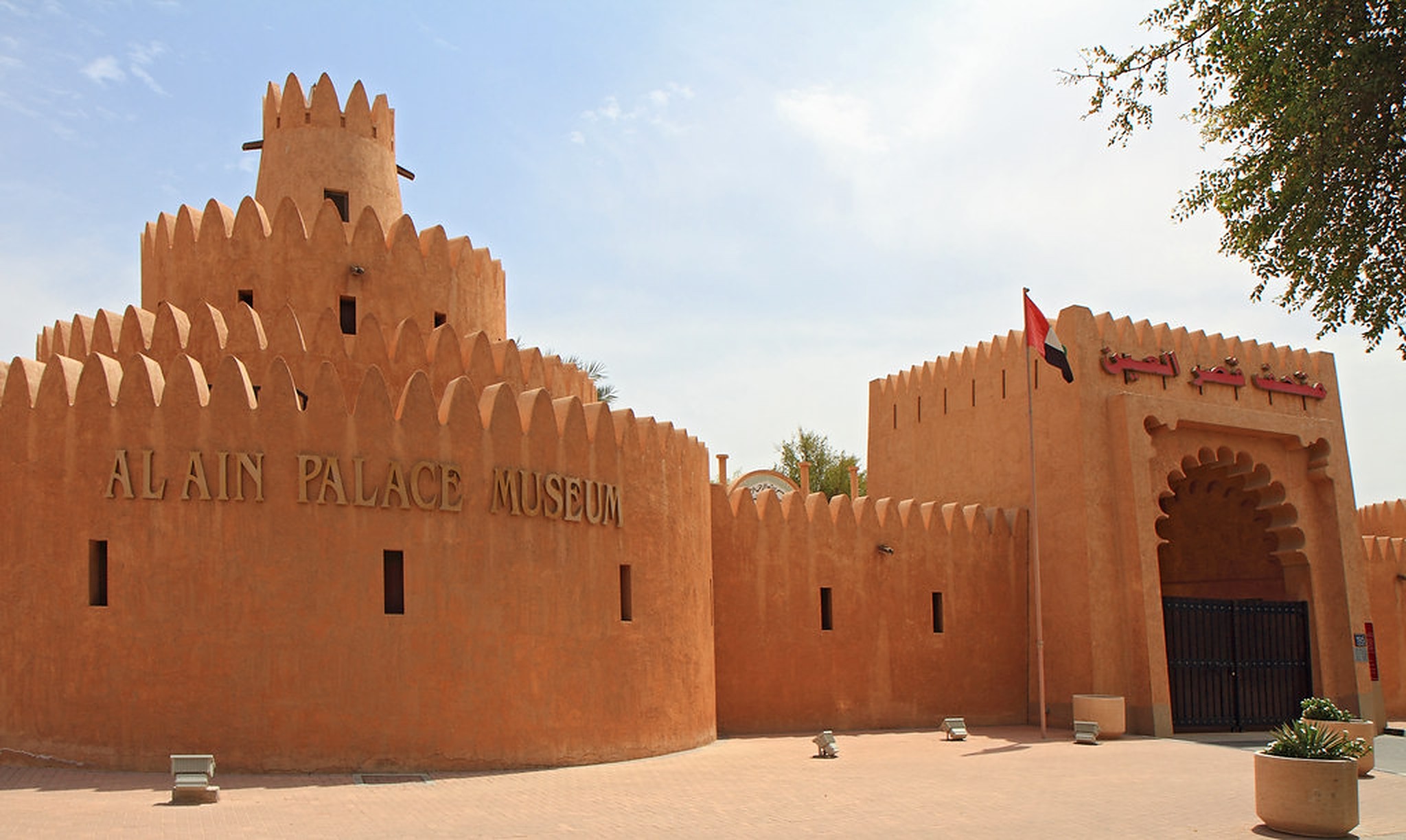
It is said that UAE founder Sheikh Zayed also grew up in Al Ain, who later took control and seized influence over the city in the late 1940s by building a fort and establishing a wali – appointing a member of the previous tribe as his headman.
Later, in the 60s and 70s, Zayed hired other renowned architects such as Katsuhiko Takahashi, a Japanese architect, to design and plan the city – including Dubai and Abu Dhabi – along with Egyptian architect Abdelrahman Makhlouf.

Where to Go
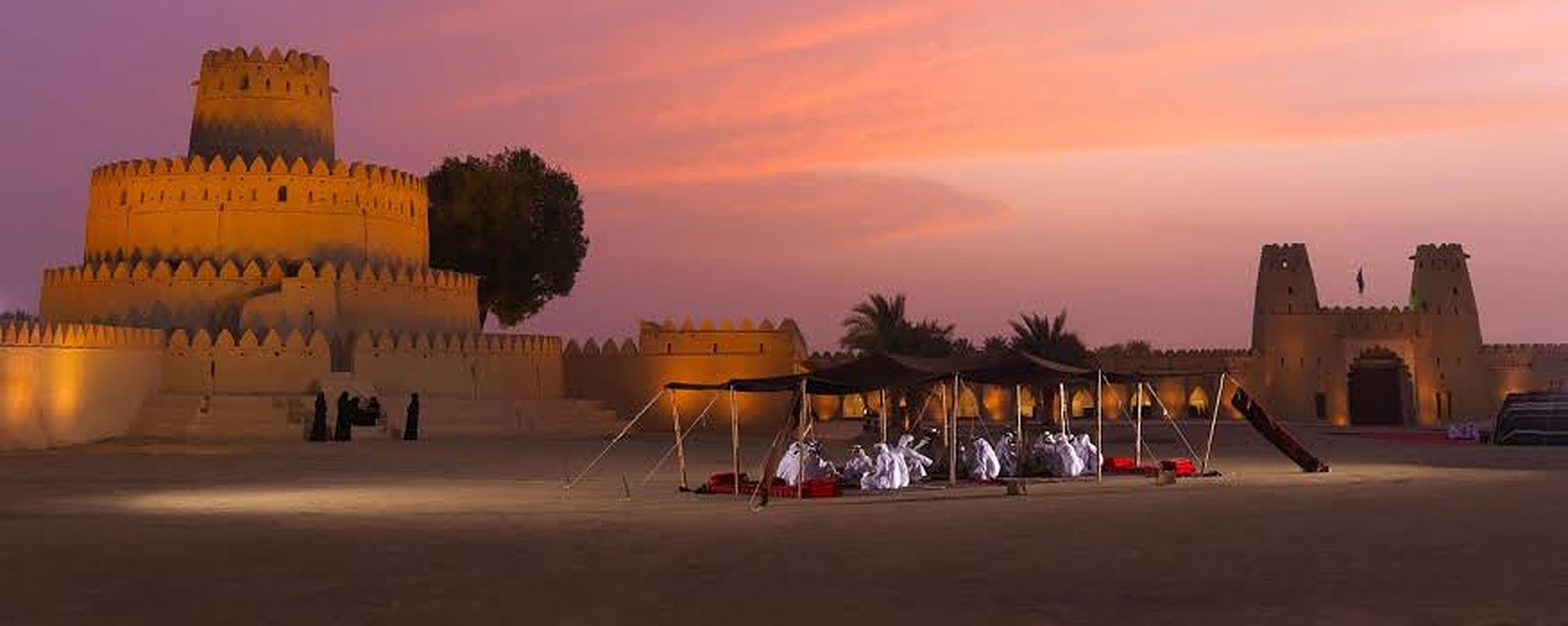
A historical and richly cultural site is Al Ain’s Al Jahili Fort, which was a fort built in the 1890s and later turned into a museum in 2008. It includes gift shops, cafes and a wider public square for exhibitions and cultural activities, and plans to be renovated in the future for more tourism and social activity.
Next up is definitely the Al Ain Oasis, which is the largest oasis in the city and a UNESCO World Heritage site. There is also an Eco Centre at the entrance with panels and a video (with 3-D effects) that tells how the oasis works. It is a gorgeous site full of must-see nature attractions that cannot be missed.

Al Ain was also a place for hunting and where wildlife flourished, which makes the Al Ain Zoo also a great place to visit. In 1968, Sheikh Zayed established the Al Ain Zoo as a center for Arabian oryx conservation and other wildlife conservation. The zoo is not just for animal sightseeing, however, as it includes the ‘Sheikh Zayed Desert Learning Centre’ that was opened in 2016, which includes exhibits telling the story of the region’s people and the significance of conserving wildlife.
Jebel Hafeet mountain is also a beautiful site for family and friends gathering during celebrations and picnics, and there is the Mercure Grand Jebel Hafeet Al Ain Hotel right at the top of the mountain, giving you a breathtaking view of the entire city from your hotel window.
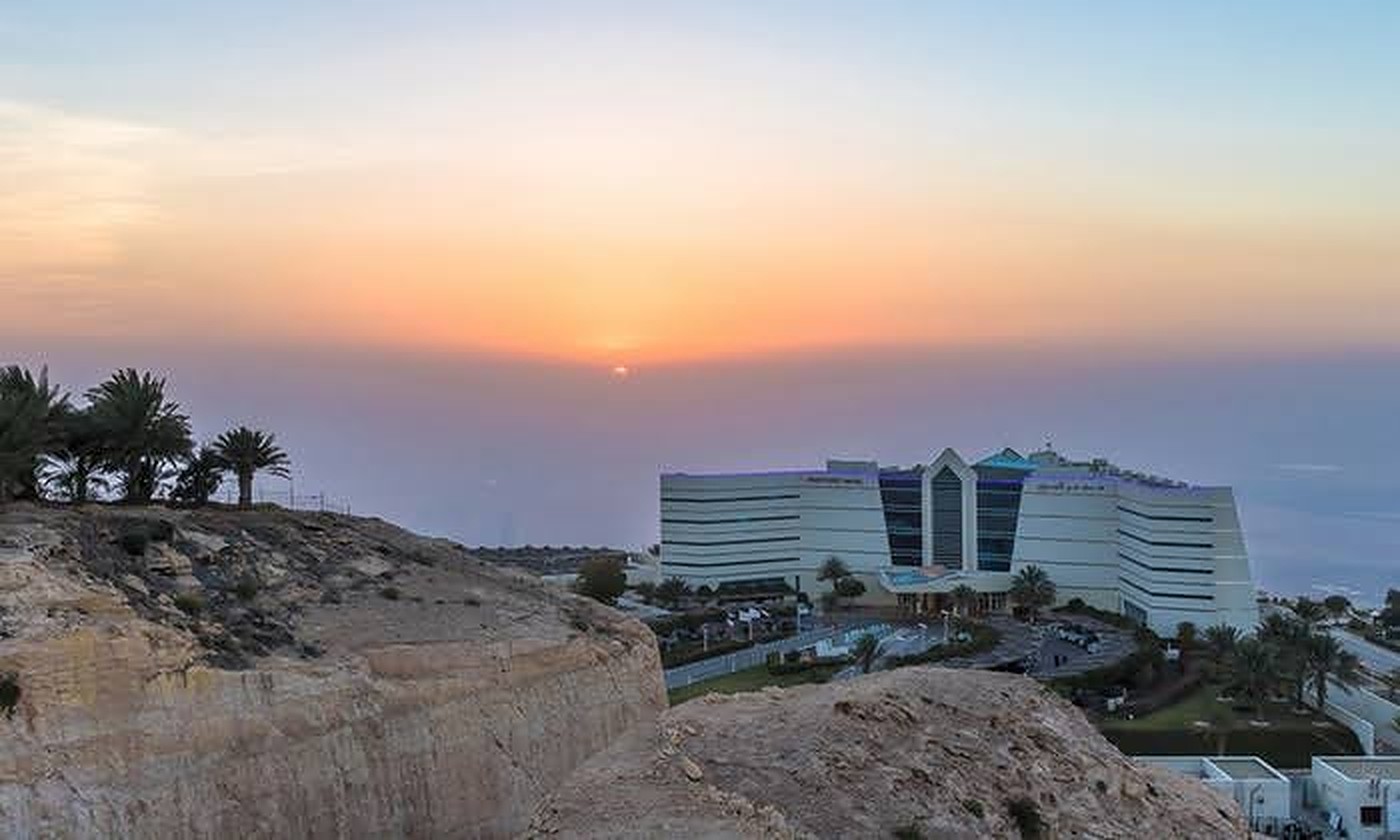
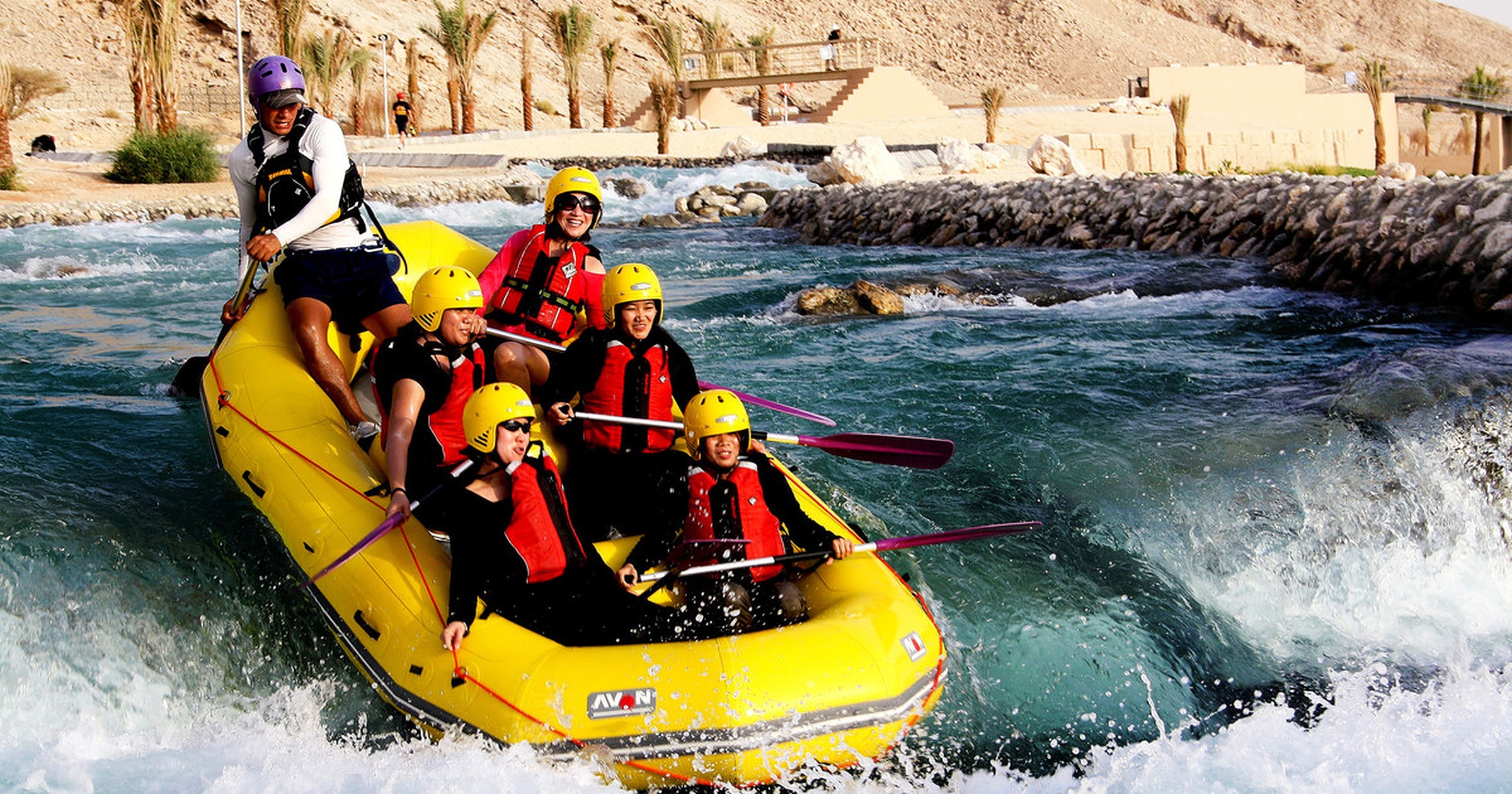
For a more adventurous family holiday, at the base of Jebel Hafeet is the Wadi Adventure Park, which is the Middle East’s first man-made white water rafting and features three white water channels for rafting and kayaking and an aerial adventure course.
For a taste of traditional Emirati food, Al Fanar Restaurant and Cafe is found next to Al Khabisi Wedding Hall, which is famous for serving the best local meals and recipes, decorated with a touch of Emirati culture.

The best way to enjoy this quiet and charming city, however, is to truly appreciate the marks of history and nature all around you. It is a wonderful getaway for those looking for peace and discovery, and most definitely a new adventure.

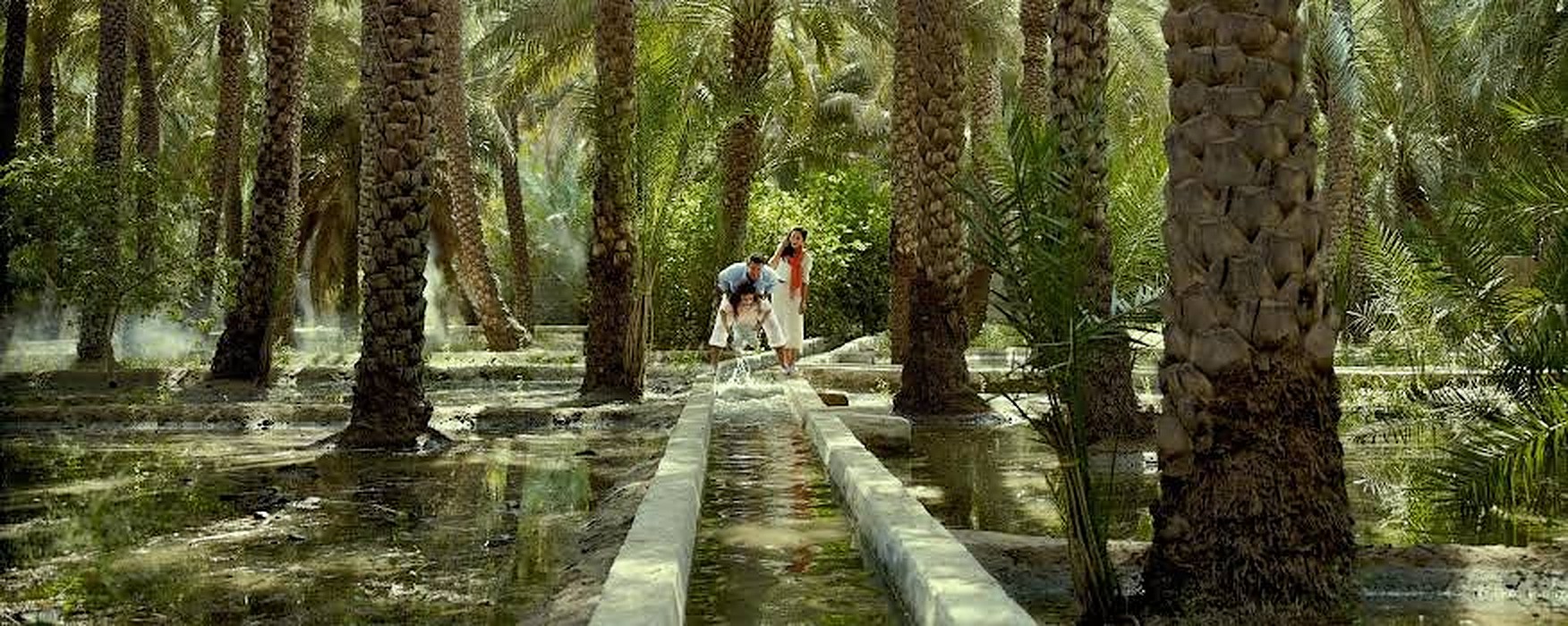





Comment (1)
[…] Traveling to the UAE? Visit Al Ain, Not Dubai – It is proof of the existence of prehistoric cultures in a desert region dating from the ancient times. […]